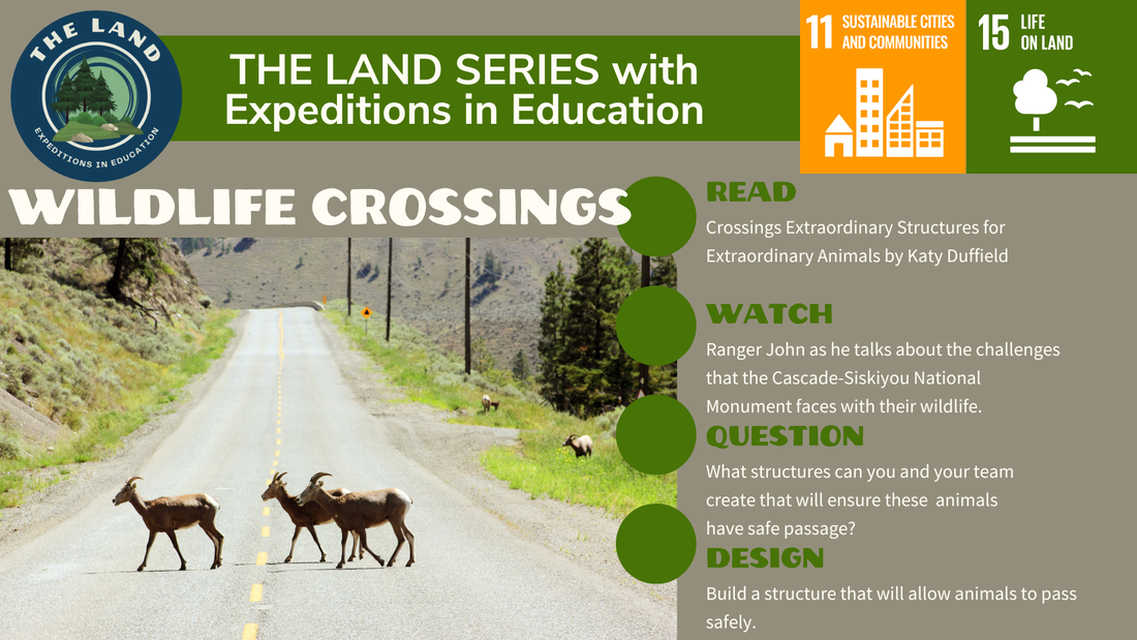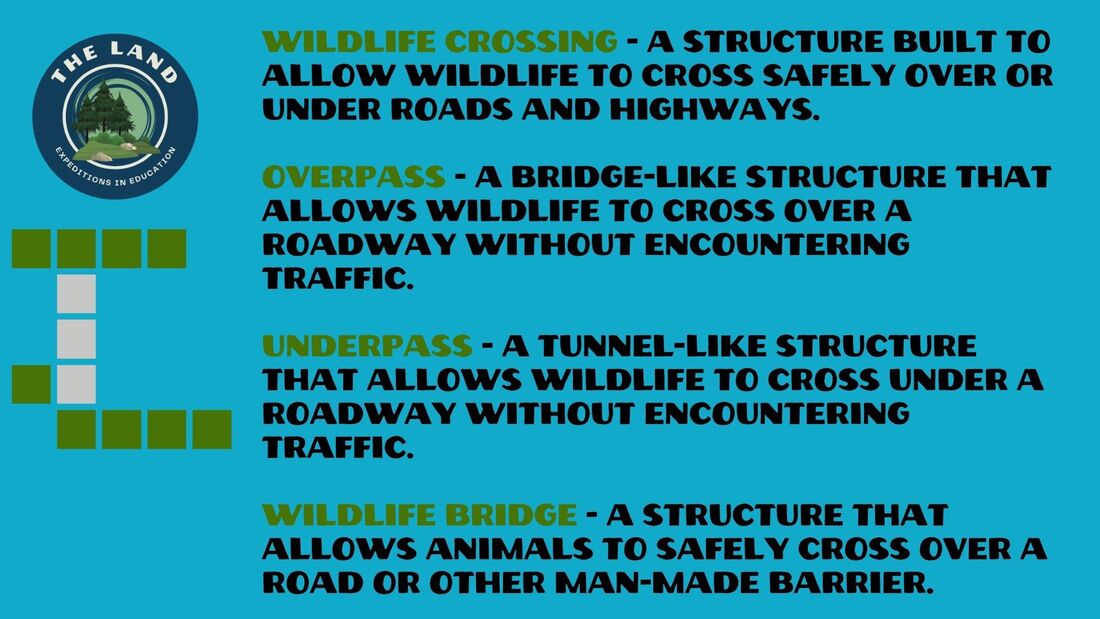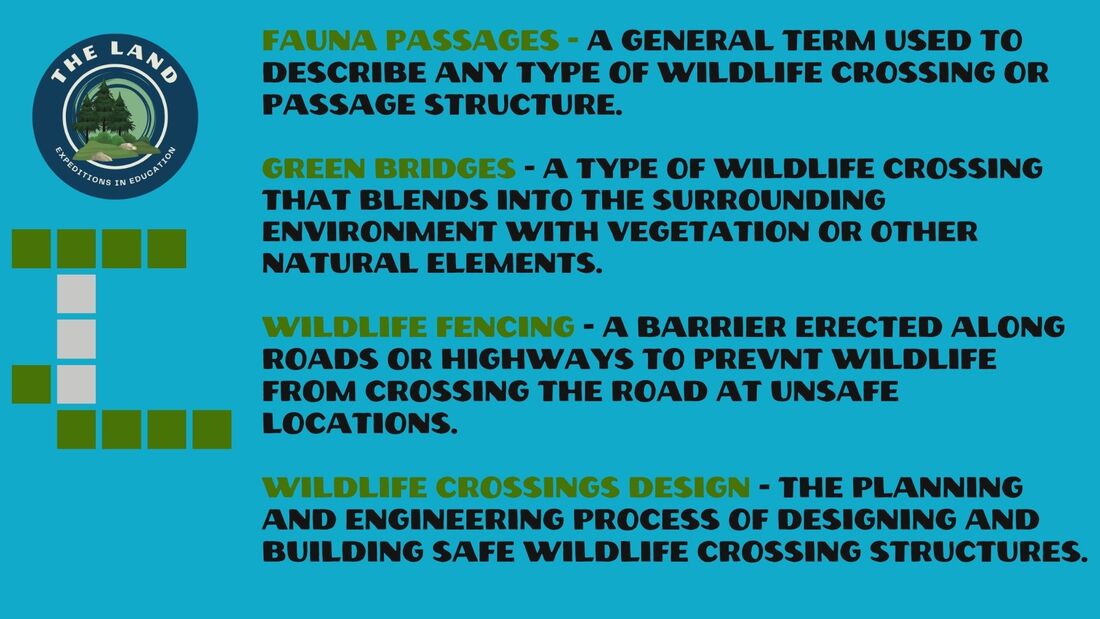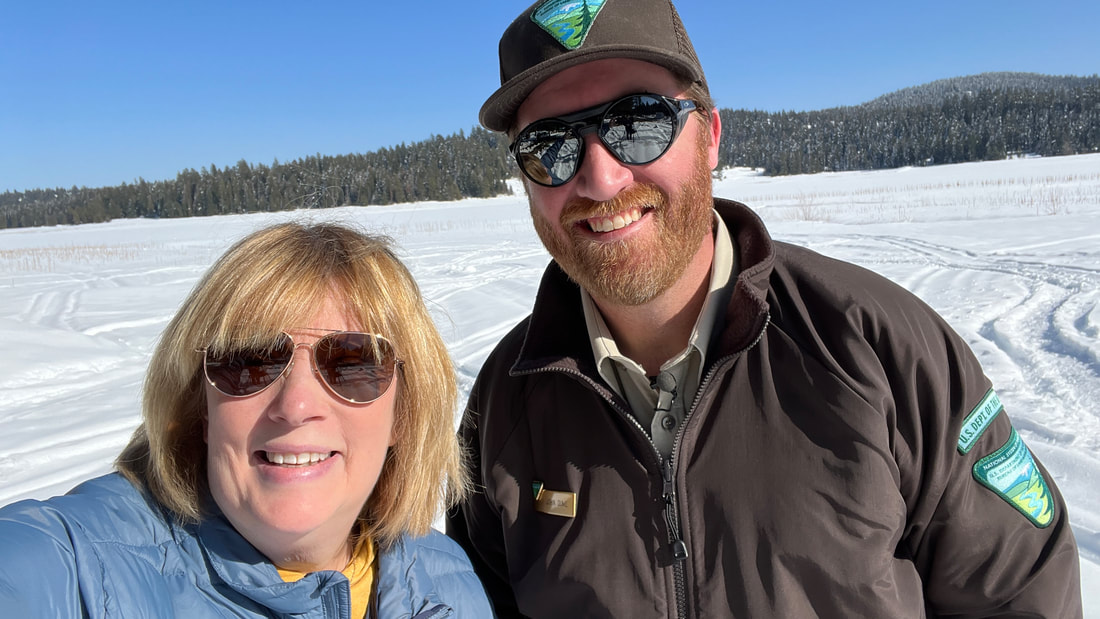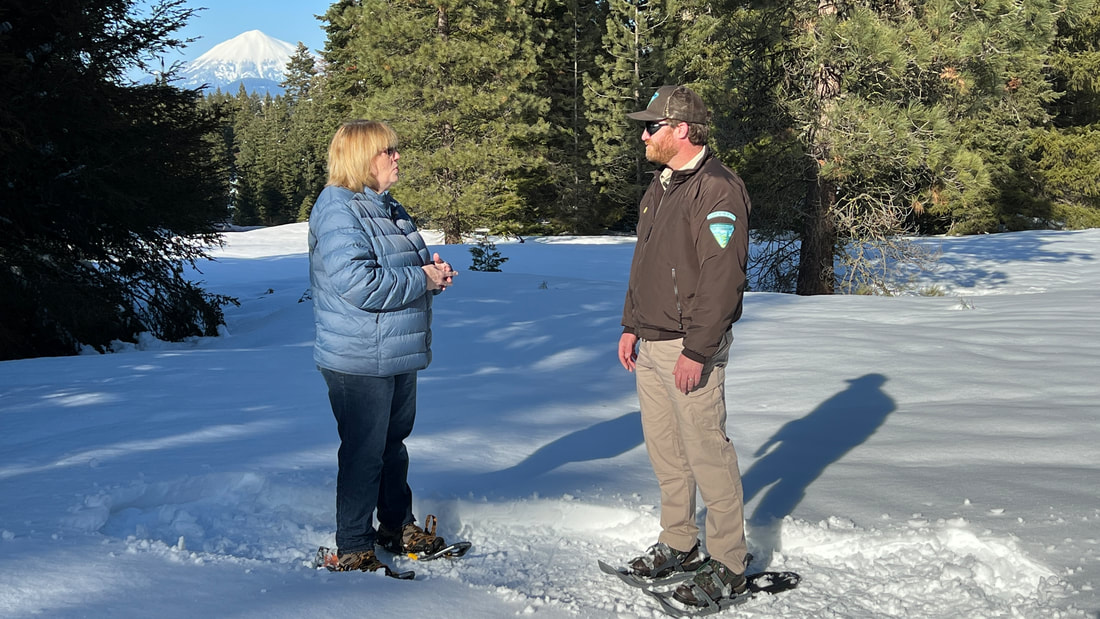Please click on "Watch on YouTube".
Engineering Design Challenge:
Design a wildlife crossing system in the Cascade-Siskiyou National Monument that allows animals to safely cross roads, while minimizing disruption to human transportation, using the book "Crossings" by Katy Duffield as a reference.
NGSS Standards:
Your design challenge will be assessed based on the following criteria:
Design a wildlife crossing system in the Cascade-Siskiyou National Monument that allows animals to safely cross roads, while minimizing disruption to human transportation, using the book "Crossings" by Katy Duffield as a reference.
NGSS Standards:
- Engineering Design (ETS1)
- Interdependent Relationships in Ecosystems (LS2)
- Earth's Systems (ESS2)
- Research the Cascade-Siskiyou National Monument to understand the types of animals that inhabit the area and their migration patterns. Use this information to identify the specific challenges animals face when crossing roads.
- Read the book "Crossings" by Katy Duffield to gain inspiration and knowledge about the various wildlife crossings that exist around the world. Identify key features of successful crossings, such as size, location, and design.
- Develop a design plan for your wildlife crossing system. Your plan should take into account the needs of different species and the specific challenges faced by animals in the area. Consider factors such as topography, vegetation, and climate.
- Build a prototype of your wildlife crossing system using recyclable materials found around your classroom or home. Test your prototype to ensure that it is functional and meets the needs of the animals in the area.
- Evaluate the success of your wildlife crossing system by collecting data on animal use and behavior before and after the installation of the crossing. Use this data to make improvements to your design.
- Present your design and data to your classmates, highlighting the NGSS standards that your project meets.
Your design challenge will be assessed based on the following criteria:
- Design plan: Does your plan take into account the needs of different species and the specific challenges faced by animals in the area?
- Prototype: Does your prototype function as intended and meet the needs of the animals in the area?
- Data collection: Did you collect data on animal use and behavior before and after the installation of the crossing?
- NGSS standards: Does your project meet the NGSS standards for Engineering Design, Interdependent Relationships in Ecosystems, and Earth's Systems?
- Presentation: Did you effectively communicate your design and data to your classmates?
Wildlife Crossings at Cascade-Siskiyou National Monument
Grade Level: 5-8
Objective: Students will learn about the importance of wildlife crossings and their impact on preserving biodiversity through reading Katy Duffield's book "Crossings," hands-on activities, and research on Cascade-Siskiyou National Monument. They will also connect their learning to the Next Generation Science Standards.
Engage (10-15 minutes): Introduce the topic of wildlife crossings and their importance by showing pictures and videos of existing wildlife crossings. Ask students what they notice about the crossings and why they think they are important. Then, introduce the Cascade-Siskiyou National Monument and ask students to brainstorm why wildlife crossings might be especially important in this area.
Explore (30-45 minutes): Read "Crossings" to the class, stopping to discuss how the characters in the book are working to protect the animals that live in their community. After reading, divide students into small groups and have them research the animals that live in the Cascade-Siskiyou National Monument and their habitats. They can use pictures and videos to create a poster explaining how the animals use the landscape and where they might need wildlife crossings.
Explain (20-30 minutes): Lead a class discussion about the research and posters. Ask each group to present their findings and discuss how the different types of crossings might work in different areas. Explain the importance of wildlife crossings in preserving biodiversity and reducing road accidents.
Elaborate (60-90 minutes): In small groups, have students design their own wildlife crossings using recyclable materials found around the classroom or home. Encourage creativity and practicality, and make sure they are thinking about the animals that live in the area. Each group should present their design to the class and explain how it would work in the designated area.
Evaluate (10-15 minutes): Wrap up the lesson by having each student write a short reflection on what they learned about wildlife crossings and why they are important for preserving biodiversity. Collect the reflections and use them to assess the students' understanding of the topic and their ability to connect it to the NGSS.
When completed, contact Dacia Jones ([email protected]) for an introduction to Ranger John and/or a possible collaboration with other classrooms around the country.
Grade Level: 5-8
Objective: Students will learn about the importance of wildlife crossings and their impact on preserving biodiversity through reading Katy Duffield's book "Crossings," hands-on activities, and research on Cascade-Siskiyou National Monument. They will also connect their learning to the Next Generation Science Standards.
Engage (10-15 minutes): Introduce the topic of wildlife crossings and their importance by showing pictures and videos of existing wildlife crossings. Ask students what they notice about the crossings and why they think they are important. Then, introduce the Cascade-Siskiyou National Monument and ask students to brainstorm why wildlife crossings might be especially important in this area.
Explore (30-45 minutes): Read "Crossings" to the class, stopping to discuss how the characters in the book are working to protect the animals that live in their community. After reading, divide students into small groups and have them research the animals that live in the Cascade-Siskiyou National Monument and their habitats. They can use pictures and videos to create a poster explaining how the animals use the landscape and where they might need wildlife crossings.
Explain (20-30 minutes): Lead a class discussion about the research and posters. Ask each group to present their findings and discuss how the different types of crossings might work in different areas. Explain the importance of wildlife crossings in preserving biodiversity and reducing road accidents.
Elaborate (60-90 minutes): In small groups, have students design their own wildlife crossings using recyclable materials found around the classroom or home. Encourage creativity and practicality, and make sure they are thinking about the animals that live in the area. Each group should present their design to the class and explain how it would work in the designated area.
Evaluate (10-15 minutes): Wrap up the lesson by having each student write a short reflection on what they learned about wildlife crossings and why they are important for preserving biodiversity. Collect the reflections and use them to assess the students' understanding of the topic and their ability to connect it to the NGSS.
When completed, contact Dacia Jones ([email protected]) for an introduction to Ranger John and/or a possible collaboration with other classrooms around the country.
